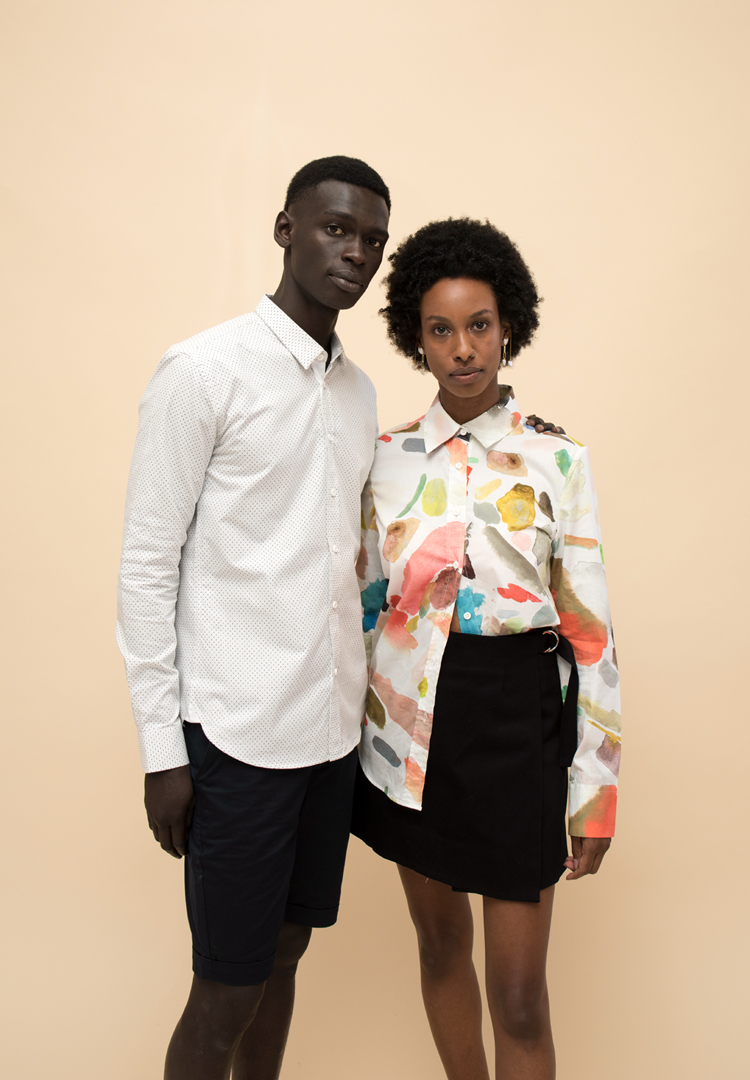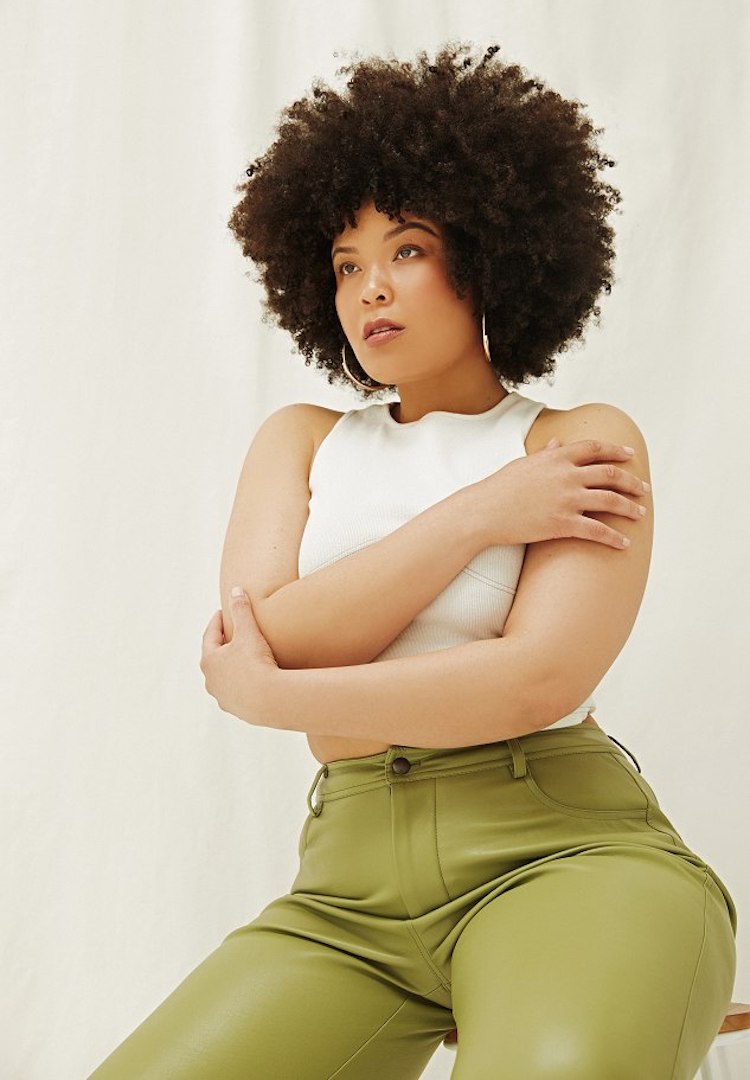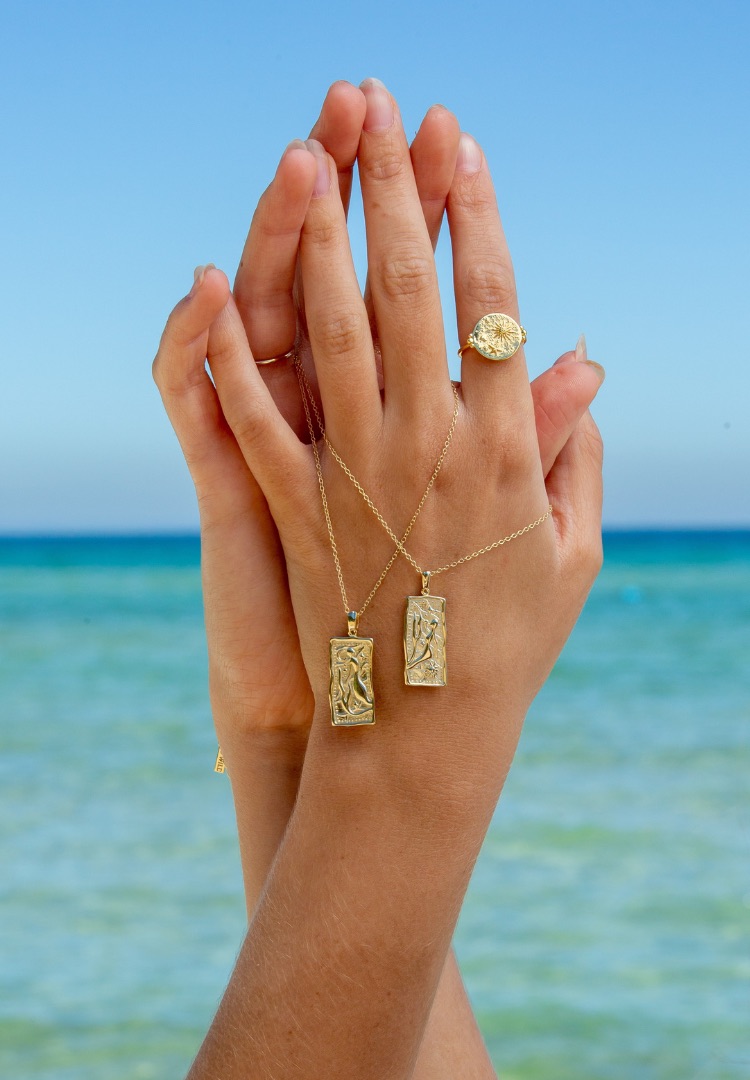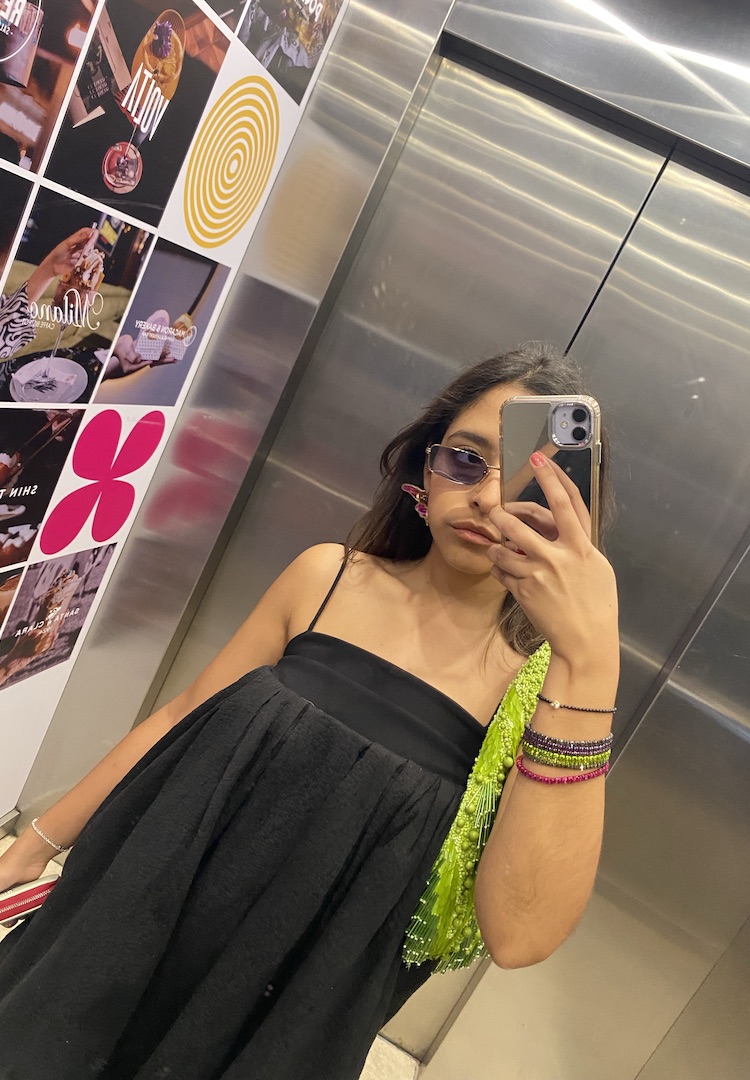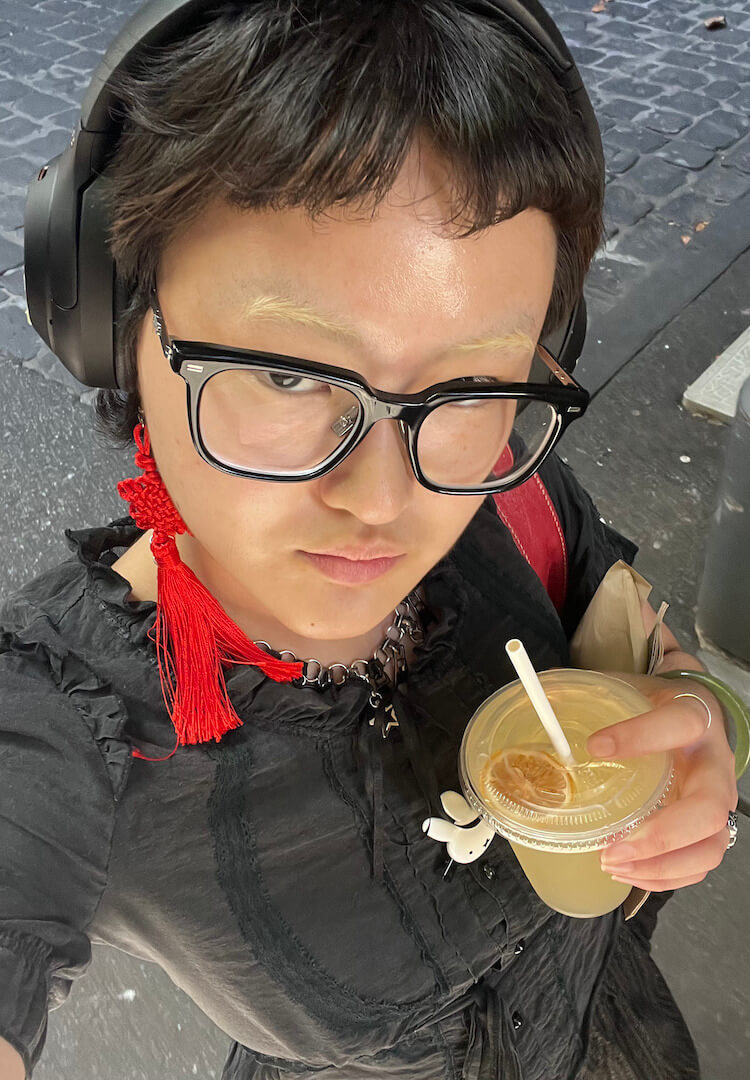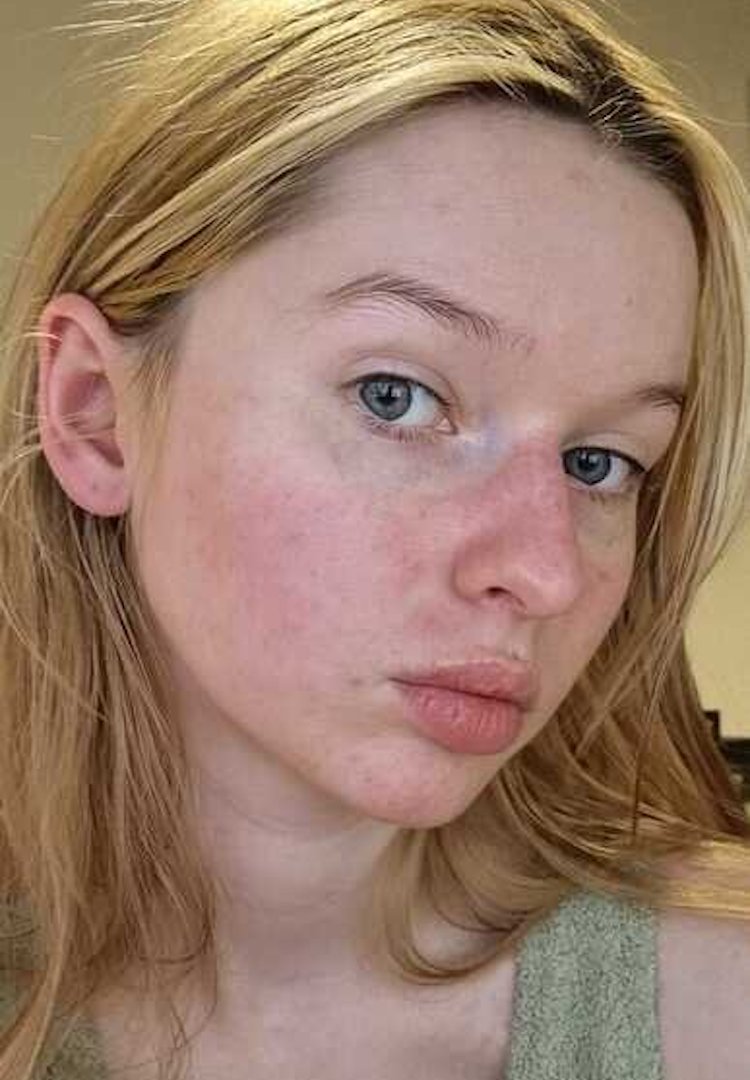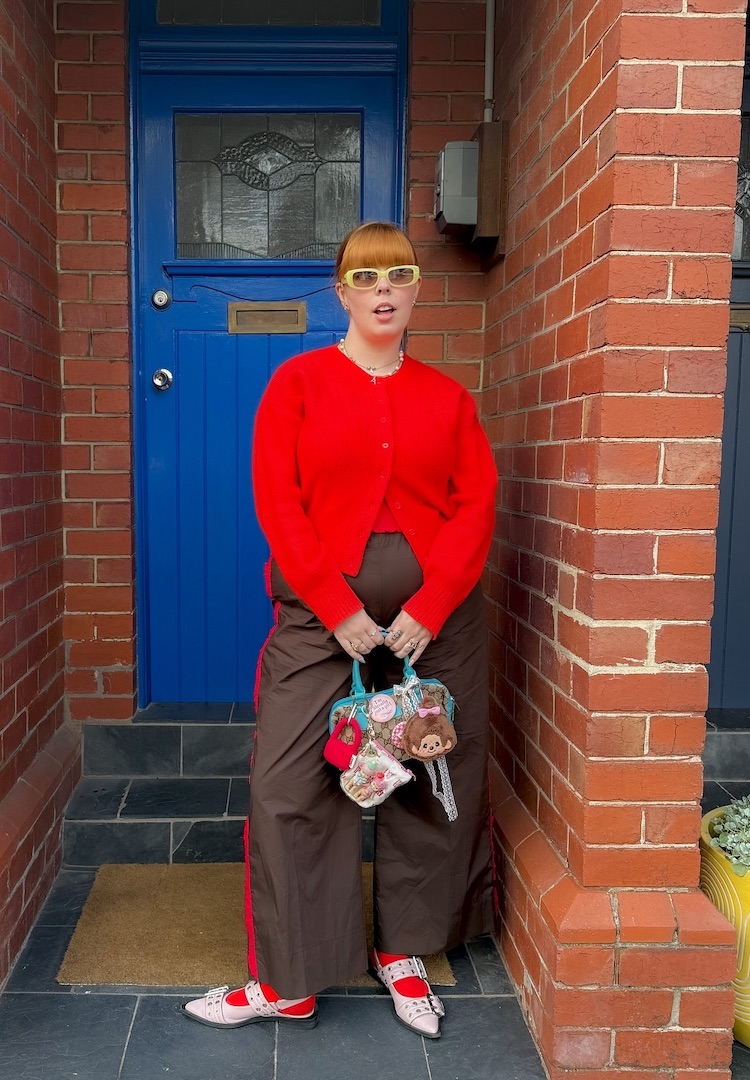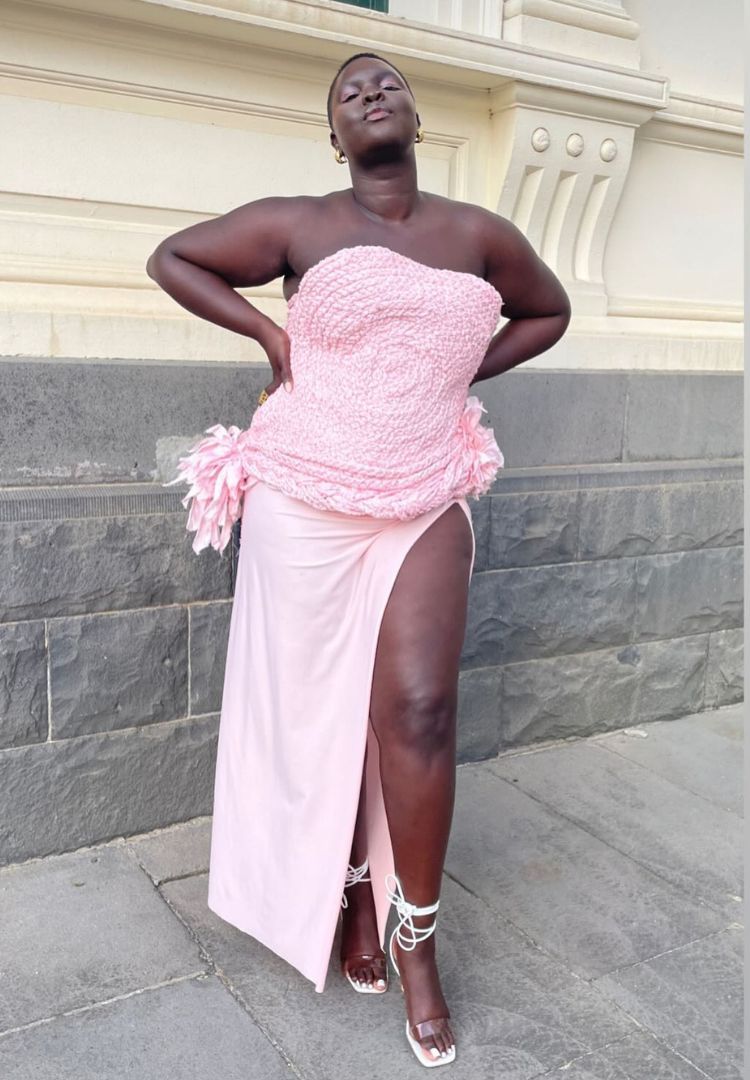How to make it as a plus-size model in Australia, according to a modelling agent
IMAGE VIA BELLA MANAGEMENT
WORDS BY GENEVIEVE PHELAN
What it takes to make it and how to get noticed.
It’s 2021 and it seems the reader, viewer, scroller or creator is the most important arbiter of what makes someone beautiful. So, when attractiveness is so hyper-relative, what does it take to become a model? And if someone is considered ‘plus-size’, how much harder is it for them to land the job than the ‘standard size’ candidate standing next to them?
As Her Majesty Tyra Banks once said, “perfect is boring, human is beautiful”. And we’re all bored of the same, tired beauty ideals – after all, there is so much more to beauty than a size tag. What about energy, history, culture, drive and features that make someone totally unique?
Looking for some similarly thought-provoking reads? Subscribe here and we’ll send them straight to your inbox.
We dote over ‘real’ girls on Instagram and admire inclusive movement via local wellness studios doing things differently, but the Powers That Be in the casting agency chairs ultimately dictate who graces the cover of a billboard or stares back at us from the pages of a magazine.
While these magazines have often got it wrong in the past, we’re all noticing the burgeoning size fluidity in the fashion marketing world, from local slow-fashion brands vying for relevancy, to the big legacy labels reconsidering what really defines ‘beauty’ in a brave, new world.
Australian micro-influencers like Sophia Brenn inscribe their Instagram bios with honest declarations like “croissant enthusiast, curve model”, and that seems substantially more interesting, relatable and lightly comic than a size eight cis model starving herself to sign new jobs or fit a certain mould.
While the sample size still remains a size eight in the Australian PR and media worlds, aspiring plus-size models are being more widely embraced by fashion labels looking for a kind of pretty that deals more with distinction, confidence and the idiosyncrasies of facial features, rather than a waistline measurement.
Bella Management is a boutique modelling agency spanning across Sydney and Melbourne, casting a miscellaneous mix of talent. The likes of Ali Tate and Savage The Girl fall into its refreshing selection of models that take to social media with different sized bodies.
I spoke to Bella’s director Chelsea Bonner on how to become a plus-size model, and the onus placed on fellow agencies to reject the size-standards and look harder at the talent in front of them.
Chelsea walks us down a different runway route, detailing what it takes for aspiring plus-size models to cut their teeth in the industry in 2021, and why beauty is no longer (and never really was) synonymous with size homogeneity.
How do you define the term plus-size in a professional context?
It’s a fashion garment/brand moniker, not something we use in house. The industry considers anyone over a size 10 as ‘curve’ or ‘plus-size’ as that’s a garment product category. We refer to our models as models and send out the right models for the brief. If clients are looking for a size 12 or a size 20, we suggest models who are appropriate and will fit the garments for that shoot.
How is the industry changing to embrace more body diversity?
The statistics are finally getting through to brands who want to remain relevant and inclusive. We have seen a huge jump in inclusive sizing over the past couple of years and [we] just shot the first [size-inclusive] campaign for Witchery which is so exciting! When the mainstream retailers get on board we see a huge shift in perspective that filters down and captures the attention of other brands which is so important for consistent growth.
How do you actively ensure you’re casting a size-fluid selection of models?
We are always scouting, everywhere, all day across every platform and on the streets. Models are also referred to us by people who work in the industry and many from our own models who want to see change and inclusion as much as we do!
How can an aspiring plus-size model with little experience get started?
There are so many ways. Doing tests for prints which is where a model receives shots for their time instead of money is one of the best ways. Also taking great shots for social media and tagging in the agency you want to model for is a great way to indicate you want to be scouted! Tag us in!
What’s the most common misconception out there for budding plus-size models?
I’d say in 20 years of doing this that often people confuse being the right size with being able to be a model. Models are photogenic and are able to imprint personality and emotion on camera. This is true of any model regardless of clothing size. You need to be photogenic first and what size you wear is secondary.
Talk us through your recruitment process.
We will make an appointment to meet you and talk about what you want to do and the kind of work you want. It’s a partnership and we work for the models, so this is a really important part of the process. If both parties are not aligned in what they want to achieve together it will never work. From there we will offer a contract and start helping our models build a portfolio that we can market to our clients and contacts.
Why do you think there is still a huge imbalance between the amount of size eight (or less) models versus plus-size models in Australian media?
I think the fashion industry is a little stuck in the old days. The elitism of the past has changed dramatically as the consumer has become more educated and evolved. It is changing daily, in microdoses shall we say, but when we look at how far we’ve come over the past 20 years and even the past year, it is gaining momentum and doubling in speed. I expect this to continue until it becomes even.
If you’re struggling with body image issues, you can call the Butterfly National Helpline at 1800 33 4673 for free and confidential support, or email or chat to them online here.

